What is Community Forestry?
- September 5, 2024
- 0 comment
Community forestry is a collaborative and empowering approach to forest management that places local communities at the center of decision-making. Giving people who live near and rely on forests the responsibility and authority to manage these resources, promotes both environmental sustainability and socio-economic well-being.
Rooted in the belief that those closest to the land understand its value best, this approach not only conserves natural habitats but also strengthens local livelihoods, preserves cultural traditions, and fosters a deep sense of stewardship and ownership among community members. As global challenges like deforestation and climate change intensify, community forestry offers a promising path forward for sustainable development and ecological resilience.
Definition of Community Forestry
Community forestry refers to the management and use of forest resources by local communities, often in partnership with governmental or non-governmental organizations. This approach is rooted in the belief that local communities, who are intimately connected to the land, are best positioned to manage forests sustainably. By involving communities in decision-making processes, aims to balance environmental conservation with socio-economic development, ensuring that forests continue to provide ecological, economic, and social benefits for future generations.
Principles of Community Forestry
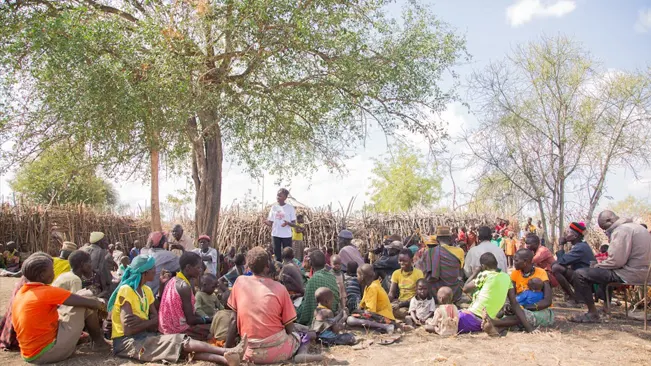
- Community Ownership and Participation: Central to the concept of community forestry is the idea that local communities should have control over the management and use of their forest resources. This involves active participation in decision-making processes, ensuring that the voices of all community members, including marginalized groups, are heard.
- Sustainable Management of Forest Resources: Community forestry promotes the sustainable use of forest resources, balancing the need for economic benefits with the conservation of biodiversity. This principle ensures that forests are managed in a way that meets the needs of the present without compromising the ability of future generations to meet their own needs.
- Equity and Social Justice: Community forestry seeks to address social inequalities by ensuring that the benefits of forest resources are shared equitably among all members of the community. This includes providing opportunities for women, indigenous peoples, and other marginalized groups to participate in and benefit from forestry activities.
Types of Community Forestry Models
Community forestry is not a one-size-fits-all approach; it can take many forms depending on the local context. Some of the most common models include:
- Joint Forest Management (JFM): A collaborative approach where the government and local communities jointly manage forest resources. In JFM, communities are given legal rights to use and manage the forest, while the government provides technical and financial support.
- Community-Based Forest Management (CBFM): This model involves the full transfer of forest management rights and responsibilities to local communities. CBFM is often practiced in regions where communities have a strong cultural connection to the forest and have developed traditional management systems over generations.
- Participatory Forest Management (PFM): Similar to JFM, PFM emphasizes the participation of local communities in forest management but often includes a broader range of stakeholders, including NGOs, private sector actors, and local governments.
Benefits of Community Forestry
- Environmental Benefits: By involving local communities in forest management, community forest helps to protect biodiversity, conserve soil and water resources, and mitigate climate change. Forests managed by local communities are often better preserved and more resilient to environmental stressors than those managed by external entities.
- Socio-Economic Benefits: Community forest can provide significant economic benefits to local communities, including income generation through the sustainable harvesting of timber and non-timber forest products, ecotourism, and other forest-based enterprises. It also contributes to food security and poverty alleviation by providing communities with access to forest resources.
- Cultural and Social Cohesion: Forests are often integral to the cultural identity of local communities. Community forest helps to preserve traditional knowledge and practices related to forest management, strengthening social cohesion and fostering a sense of pride and ownership among community members.
Challenges and Issues in Community Forestry
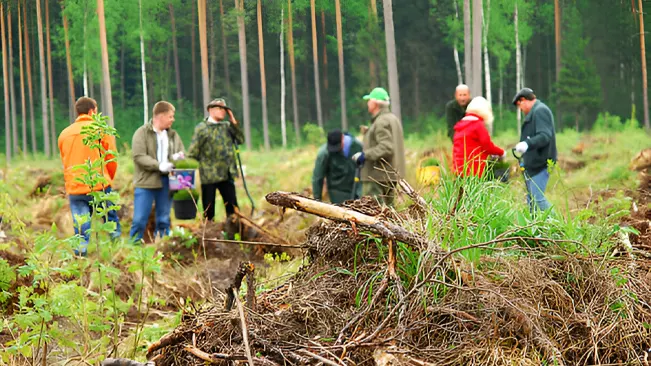
- Resource Depletion and Climate Change: Community forests are not immune to the pressures of resource depletion and climate change. Overharvesting, illegal logging, and other unsustainable practices can threaten the long-term viability of community forest initiatives.
- Legal and Institutional Barriers: In many countries, legal frameworks and policies do not adequately support community forest. Bureaucratic hurdles, unclear land tenure, and lack of legal recognition for community management rights can hinder the effectiveness of community forest initiatives.
- Conflicts and Governance Issues: Conflicts over land use and resource management are common in community forest. These conflicts can arise from competing interests among community members, as well as between communities and external actors such as government agencies or private companies.
Community Forestry and Climate Change Mitigation
Role in Carbon Sequestration
Forests managed by local communities can sequester significant amounts of carbon, helping to mitigate the impacts of climate change. Community forestry can also contribute to global carbon markets through mechanisms such as REDD+ (Reducing Emissions from Deforestation and Forest Degradation).
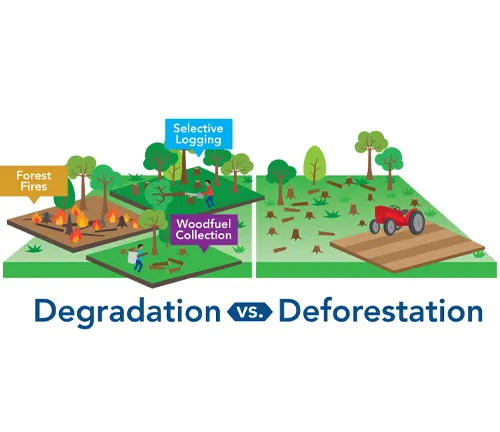
Climate Resilience and Adaptation Strategies
Community forestry can enhance the resilience of local communities to climate change by promoting sustainable land use practices, protecting biodiversity, and ensuring the availability of essential ecosystem services.
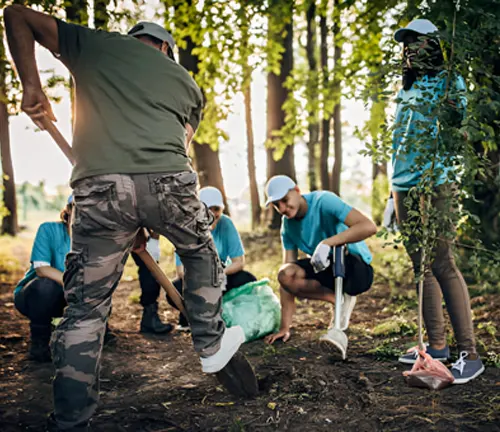
Case Studies of Successful Community Forestry Programs
Successful examples of community forestry can be found around the world:
- Nepal’s Community Forestry Program: Nepal’s community foresty program is one of the most well-known and successful examples of community-based forest management. Through this program, local communities have been empowered to manage their forest resources, resulting in significant improvements in forest cover and biodiversity.
- Tanzania’s Participatory Forest Management: In Tanzania, participatory forest management has been instrumental in conserving forest resources and improving the livelihoods of local communities. The program has helped to reduce deforestation rates and has provided communities with a sustainable source of income.
- Bolivia’s Indigenous Community Forestry: Bolivia’s indigenous communities have a long history of managing their forest resources. Through community forestry initiatives, these communities have been able to protect their forests from external threats while maintaining their cultural traditions and livelihoods.
Role of Government and NGOs in Promoting Community Forestry
The success of community forestry often depends on the support of governments and non-governmental organizations (NGOs):
- Policy Support and Legal Frameworks: Governments play a crucial role in creating an enabling environment for community forestry. This includes enacting laws and policies that recognize and protect the rights of local communities to manage their forest resources.
- Capacity Building and Training: NGOs and government agencies often provide technical assistance, training, and capacity-building support to communities involved in forestry. This helps to ensure that communities have the knowledge and skills needed to manage their forests sustainably.
- Funding and Resource Mobilization: Financial support is often necessary to start and sustain community forest initiatives. Governments and NGOs can help communities access funding through grants, loans, and other financial mechanisms.
The Future of Community Forestry
- Emerging Trends and Innovations: Innovations in community forest, such as the use of digital technologies for forest monitoring and the integration of agroforestry practices, are helping to enhance the effectiveness and scalability of community forest initiatives.
- Integration with Other Land-Use Practices: The integration of community forest with other sustainable land-use practices, such as agroforestry and sustainable agriculture, can provide additional benefits for both communities and the environment.
- Scaling Up and Replication Potential: The success of community forest in certain regions provides a model for replication in other parts of the world. Scaling up community forest initiatives can help to address global environmental challenges while promoting sustainable development.
How to Get Involved in Community Forestry
- Steps for Communities to Initiate Forestry Programs: Communities can start by conducting a participatory assessment of their forest resources, forming a community forestry management committee, and developing a forest management plan.
- Role of Individuals and Volunteers: Individuals can contribute to community forestry by volunteering with local or international NGOs, participating in tree-planting initiatives, or advocating for policies that support community forestry.
- Resources and Organizations for Support: Numerous organizations provide resources and support for community forestry initiatives, including the Food and Agriculture Organization (FAO), the World Bank, and various international NGOs.
Conclusion
Community forestry represents a vital approach to sustainable forest management that balances environmental conservation with the socio-economic needs of local communities. By empowering communities to take control of their forest resources, community forest promotes sustainable development, enhances biodiversity, and contributes to climate change mitigation. As global challenges continue to evolve, community forests will remain an essential tool in the quest for a more sustainable and equitable world.
Frequently Asked Questions (FAQ)
- What is community forestry?
It’s a forest management approach where local communities have the right to manage, use, and benefit from forest resources sustainably. - How does it benefit local communities?
This approach provides economic opportunities, such as income from forest products, enhances food security, and strengthens community bonds through shared management responsibilities. - What is the difference between this and traditional forestry?
Traditional forestry is typically managed by government or private entities, while this approach involves local communities directly in decision-making and management. - Can this approach help in combating climate change?
Yes, by promoting sustainable practices and preserving forests, it contributes to carbon sequestration and resilience against climate change. - What are the main challenges?
Challenges include legal and institutional barriers, conflicts over land use, resource depletion, and impacts of climate change. - How does it support biodiversity conservation?
By managing forests sustainably, communities help protect habitats, preserve species diversity, and maintain ecosystem services. - What role do women play in this approach?
Women often play a crucial role, particularly in the collection of non-timber forest products, decision-making processes, and ensuring equitable resource distribution. - What are some successful examples?
Successful examples include Nepal’s program, Tanzania’s Participatory Forest Management, and Bolivia’s Indigenous Community initiatives. - How do governments and NGOs support these efforts?
They provide policy frameworks, legal recognition, capacity-building programs, technical assistance, and funding to help communities manage forests effectively. - How can individuals get involved?
Individuals can volunteer with relevant organizations, support local initiatives, participate in awareness campaigns, and advocate for policies that promote this approach.

Jordan Blake
Forestry AuthorJordan Blake is a forestry expert with over 15 years of experience in arboriculture and community education. Passionate about sustainable forest management, Jordan regularly writes for Forestry.com and Tree Care Magazine. Holding certifications in tree health assessments and urban forestry management, Jordan conducts workshops to educate the public on sustainable practices. Jordan has a degree in Environmental Science and enjoys hiking and photography in their free time.


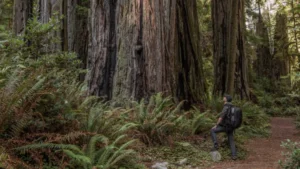

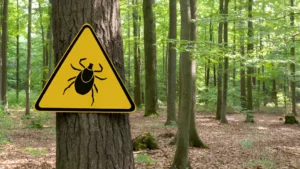
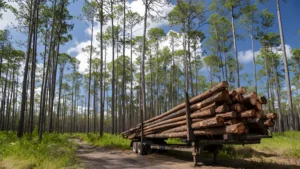

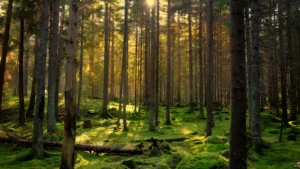
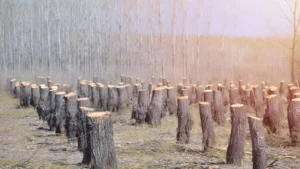

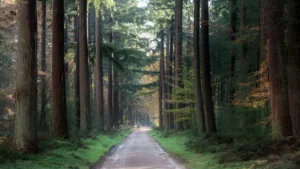

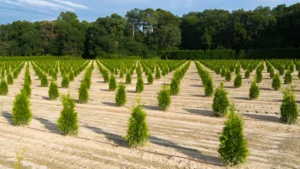
Leave your comment